Like his 17th-century predecessors, Pope Francis is seeking to reform the Church by eliminating privilege and corruption, imploring peace in the world, and “giving voice to the cry of the poor.” Thus appropriately on display in Castel Sant’Angelo until November 16, to celebrate the first anniversary of Pope Francis’ papacy, is an exhibition of over 100 paintings, engravings, sculptures, early printed books, papal bulls, and relics, “The Popes of Hope: Art and Religiosity in 17th-century Rome.” That century immediately following the Council of Trent (1545-1563), one of the Catholic Church’s most important Ecumenical Councils (more than 300 years had to pass until Pope Pius IX convoked the next one, The First Vatican Council (Vatican I), in 1868).
Prompted by the Protestant Reformation and often described as the embodiment of the Counter-Reformation, the Council of Trent, held over two decades in the mid-1500s, brought about great changes in many aspects of the Church’s life — administrative, spiritual, pastoral, missionary, and artistic.
As the exhibition’s opening wall panel says: “After a period of deep torment, the spread of the Protestant Reform was contained and great initiatives were implemented with the object of bearing witness to the triumph of the Roman Church and the Catholic Faith. All the Popes from Gregory XIII (1572-1585) to Alexander VII (1635-1667) dedicated themselves to the completion of the new image of Rome to impress on the urban fabric a real sacred significance and to make the Eternal City the new Jerusalem. Art was considered… to be an instrument of political and religious propaganda, and it became the choral exaltation of the Church and the affirmation of Rome as the cultural center of the Christian world.”
With this goal in mind, the first of the exhibit’s three sections, “Rediscovering Christianity at its Origins,” concerns the concerted effort to rediscover the Church’s origins, the numerous catacombs, and the true story of the early Church’s many martyrs beginning with the catacomb of Santa Cecilia, so as to transform Rome into “the sacred city of Christianity.”
The earliest “mover and shaker” was the ecclesiastical historian Cardinal Cesare Baronio (1538-1607), who joined the Congregation of the Oratory in 1557 under Philip Neri, and was ordained a priest in 1564. He succeeded Neri as superior in 1593. According to Wikipedia, “Pope Clement VIII, whose confessor he was, made him cardinal in 1596 and librarian of the Vatican. Baronius restored his titular Church of Sts. Nereus and Achilleus, and a procession in 1597 celebrated a transfer to it of relics. He also had work done on the Church of St. Gregory on the Caelian.”
Baronius, however, is best-known for his Annales Ecclesiastici (“Ecclesiastical Annals”), which appeared in 12 large folio volumes (1588-1607). Undertaken at the request of Philip Neri as an answer to the anti-Catholic history, the Magdeburg Centuries, in his Annales Baronius “treats history,” Wikipedia continues, “in strict chronological order and keeps theology in the background.”
The great British Catholic historian, Lord Acton, called the work “the greatest history of the Church ever written.”
It was in the annals that Baronius coined the term “Dark Age” in the Latin form saeculum obscurum, to refer to the period between the end of the Carolingian Empire in 888 and the first inklings of the Gregorian Reform under Clement II in 1046.
Baronius also wrote a new edition of the Roman Martyrology in 1586.
Copies of both works are on display here as is a portrait of Baronio and a copy of Roma sotterranea, the first systematic explorer of subterranean Rome, by the Italian scholar Antonio Bosio, nicknamed “the Columbus of the Catacombs” (1575-1629; his work was published posthumously in 1632).
Another “mover and shaker” in this new cultural and spiritual course, which favored a return to the paleo-Christian origins, was Cardinal Paolo Emilio Sfondrati (1560-1618). An exhibition wall panel tells us: “He started the restoration on the Basilica of Santa Cecilia in anticipation of the Jubilee of 1600. Excavations were carried out because there was the conviction that the remains of St. Cecilia would be found, and indeed on October 20, 1599, the saint’s body came to light in an urn of cypress wood together with her fellow martyrs Valeriano, Tiburzio, and Maximus. It was an exceptional event, which involved and excited the whole of the city of Rome. Pope Clement VIII Aldobrandi (1592-1605) sent Antonio Bosio and Cesare Baronio to examine the remains and to document the finding.”
After this discovery there were many artistic renditions of St. Cecilia, the patron saint of music. On display here are paintings by Orazio Gentileschi and Simon Vouet and a small 19th-century terracotta reproduction of the sculptor Stefano Maderno’s heart-rending marble statue of the reclining saint’s body as it had been discovered.
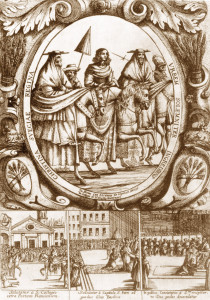
A print of grandiose public processions and other religious ceremonies including formerly-Lutheran Queen Christina of Sweden’s entry into Rome after her conversion to Catholicism.
The exhibition’s second section is dedicated to the four Jubilees of 1575, 1600, 1625, and 1650, the first proclaimed by Gregory XIII (reigned 1572-1585), who spared no effort to transform Rome into a Holy City; the second by Clement VIII (1592-1605), who aimed to substitute all traces of conflict, like the crusades, with concord; the third by cultured Urban VIII (1625-44), who concentrated his efforts, thanks to his patronage of Bernini, on beautifying Rome and in particular St. Peter’s; and the fourth by Innocent X (1644-55), also a patron of Bernini but of other artists as well, who adorned Rome with new churches and fountains.
According to contemporary accounts, more than 400,000 pilgrims participated in each of the later three Jubiless, for during the 17th century the Jubilees were one of the most deeply felt forms of prayer and pilgrimage. The section’s opening wall panel explains: “The Church and the Religious Orders had to equip themselves to welcome all the pilgrims, by preparing lodgings, hostels, and hospitals where they could stay or be cured. They also published and supplied manuals of all sorts describing the religious rituals.”
One of these most favored rituals was “the visit to the Seven Churches — the patriarchal Basilicas, St. Laurence Outside the Walls, St. Sebastian Outside the Walls, and the Holy Cross in Jerusalem. On display here are the papal bulls proclaiming each Jubilee, commemorative medals, busts or portraits of the four Popes, a wood and terracotta model by Bernini of his “Four Rivers Fountain” commissioned by Pope Innocent X for Piazza Navona, and several guides to Rome, for many of the faithful came not only to obtain plenary indulgences, but also to visit the Eternal City.
The third section “Art and Devotion” is divided into five subsections: the veneration of relics; the cult of Christ and early saints like Sts. Petronilla and Dafrosa; St. Philip Neri, known as the “Apostle of Rome” for his good works in social work, education and health care, and the Oratoriani, the order he founded; the canonization of Neri’s contemporaries including other important reform saints of this troubled period like Sts. Ignatius and the learned archbishop/cardinal of Milan, St. Charles Borromeo (all three saints brought the Church to the people by educating the inner cities) as well as grandiose public processions and other religious ceremonies including formerly-Lutheran Queen Christina of Sweden’s entry into Rome after her conversion to Catholicism.
For example, although the importance of relics had ancient origins and had gained importance during the crusades (thanks to a flourishing trade of real or presumed relics from the East), with the discovery of the remains of early Christian martyrs in Rome the veneration of these relics, the popular desire to share in the sanctity of these newly-unearthed body parts or objects, which had belonged to Christ, or Mary, or their early followers, gained greater impulse and inspired the Popes to restore churches or build new ones on the sites of these discoveries. On display here are numerous relics, the most unusual one being a gilded bronze gem-studded head of St. Martina by Pietro da Cortona for this 3rd-century martyr’s skull and other bones, uncovered on October 25, 1634.
In the 17th century, Rome was truly a “great theater of the world” and religious life too became a spectacle. The elections of a new Pope, the periodic ritual of the jubilees, the solemn processions, the Forty Hours Devotion were magnificent, but even more so were the celebrations of beatification and canonization to mark the birth of a new saint. A particularly spectacular canonization ceremony took place in 1622 for the proclamation of five great saints, St. Philip Neri, St. Ignatius of Loyola, St. Isidore, St. Francis Xavier, and St. Teresa of Avila.
On display here are portraits, busts, and statues of these five saints, especially of St. Philip Neri, as well as those of St. Charles Borromeo, the founder of numerous seminaries and the inspiration of the “Sacri Monti” or sanctuary complexes in Piedmont and Lombardy built as buffers to combat the inroads of Lutheranism.
Is it perhaps more than a coincidence that on Christmas Day, 1936, Salesian Father Enrique Pozzoli baptized the 8-day-old Jorge Bergoglio in Almagro’s imposing Romanesque revival-style San Carlos Borromeo e María Auxilidora Basilica, one of the most beautiful churches in downtown Buenos Aires?

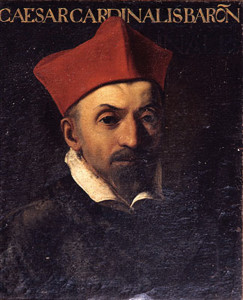
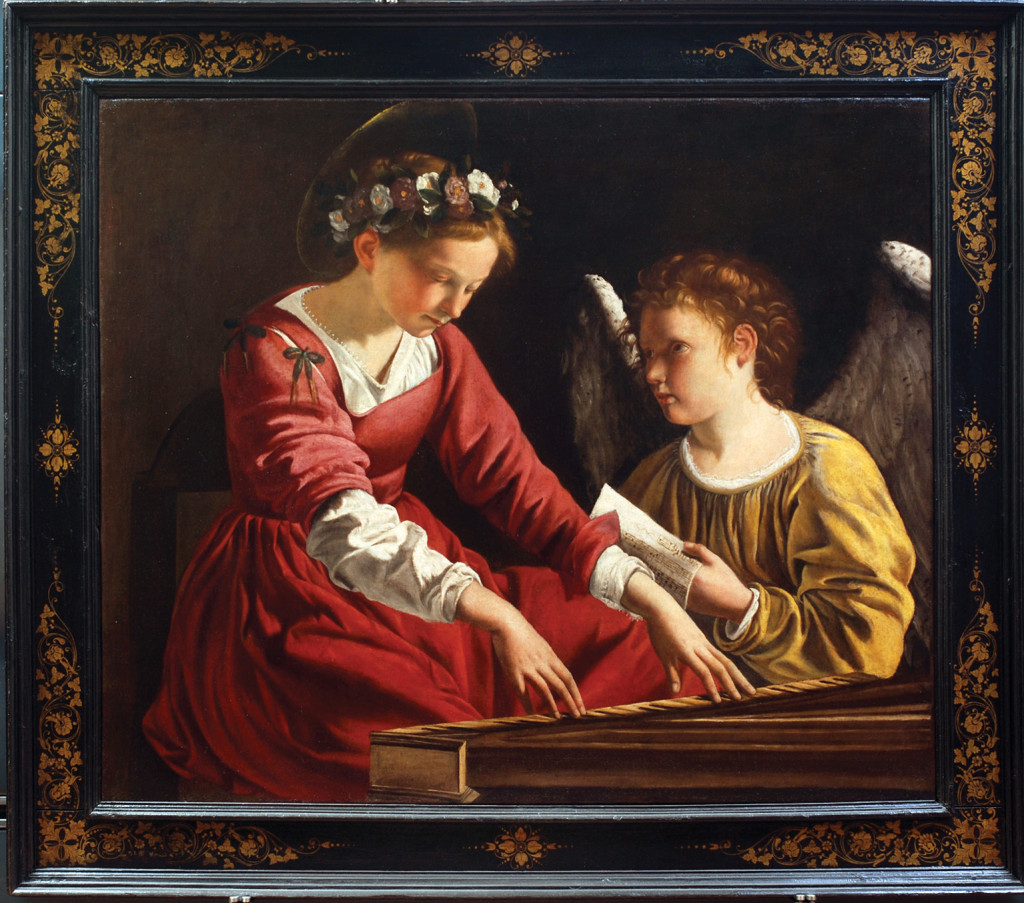

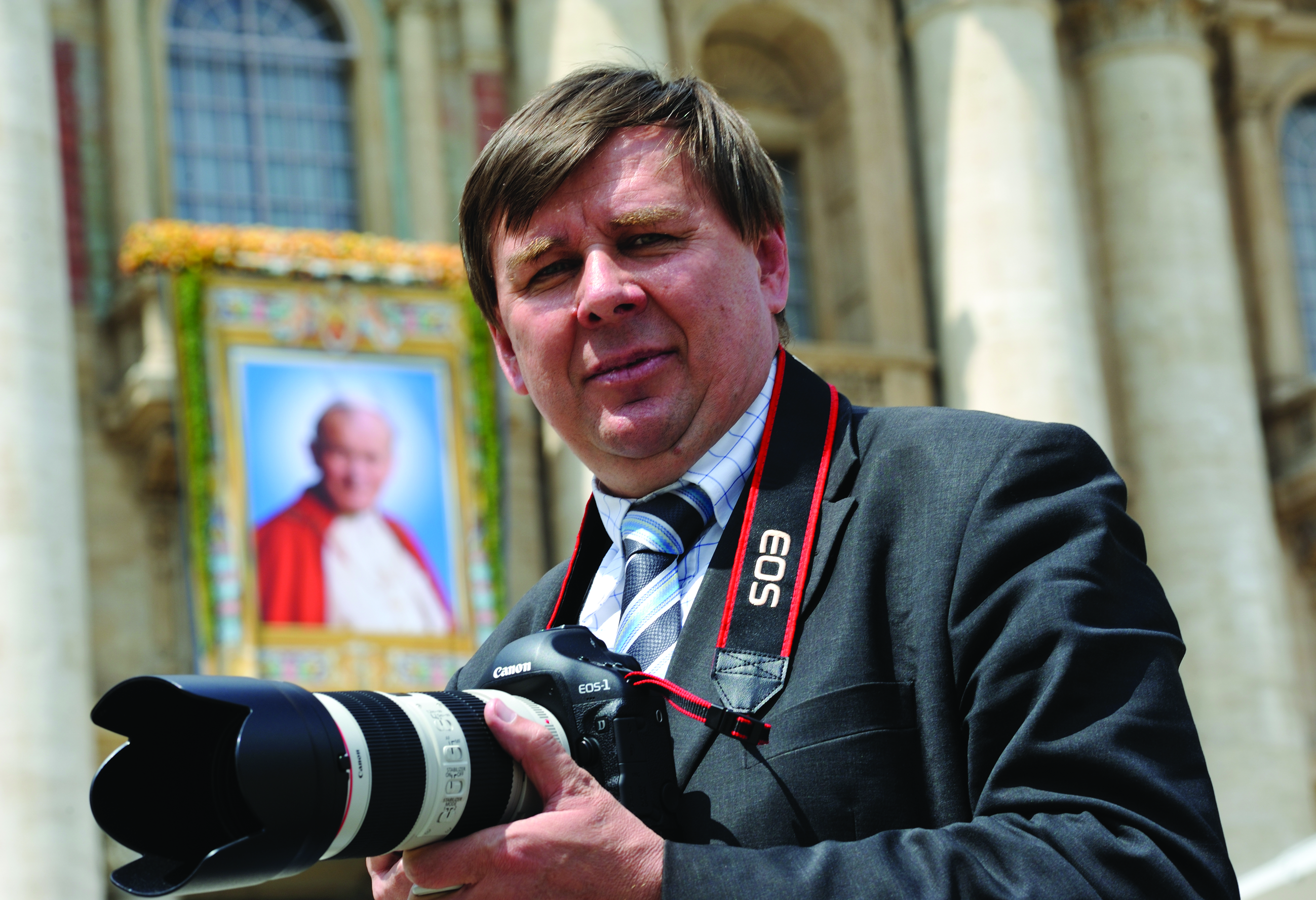
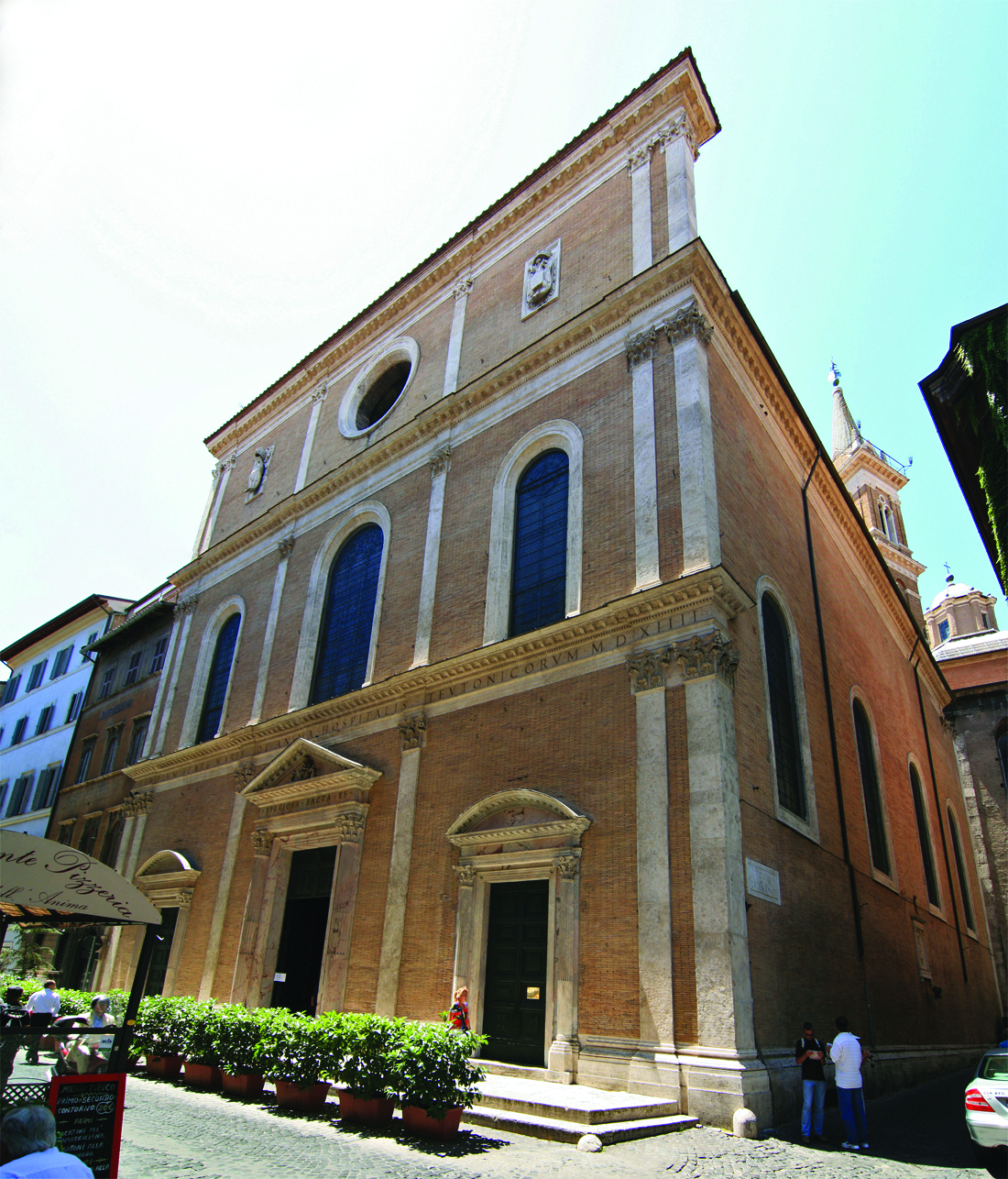
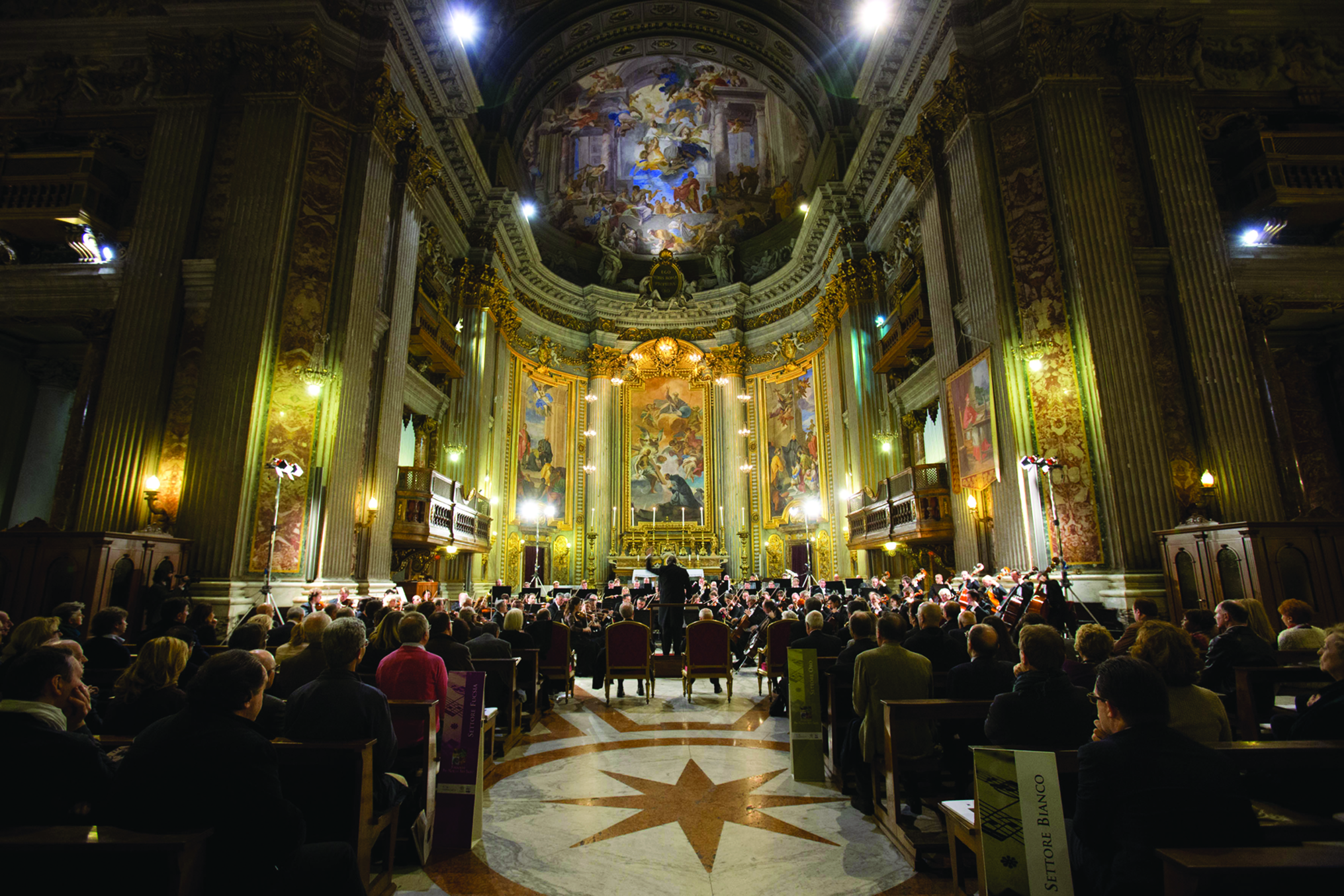
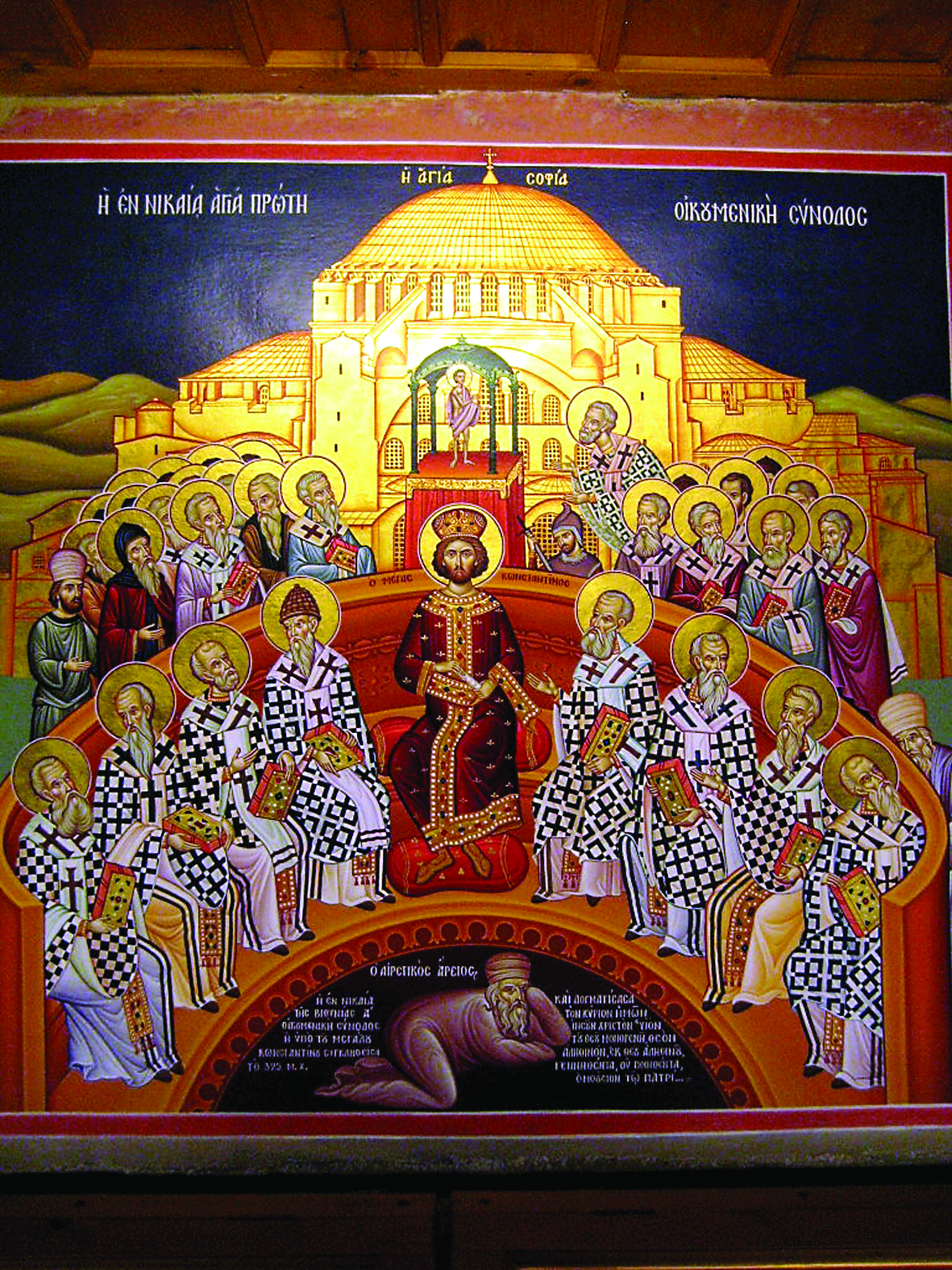
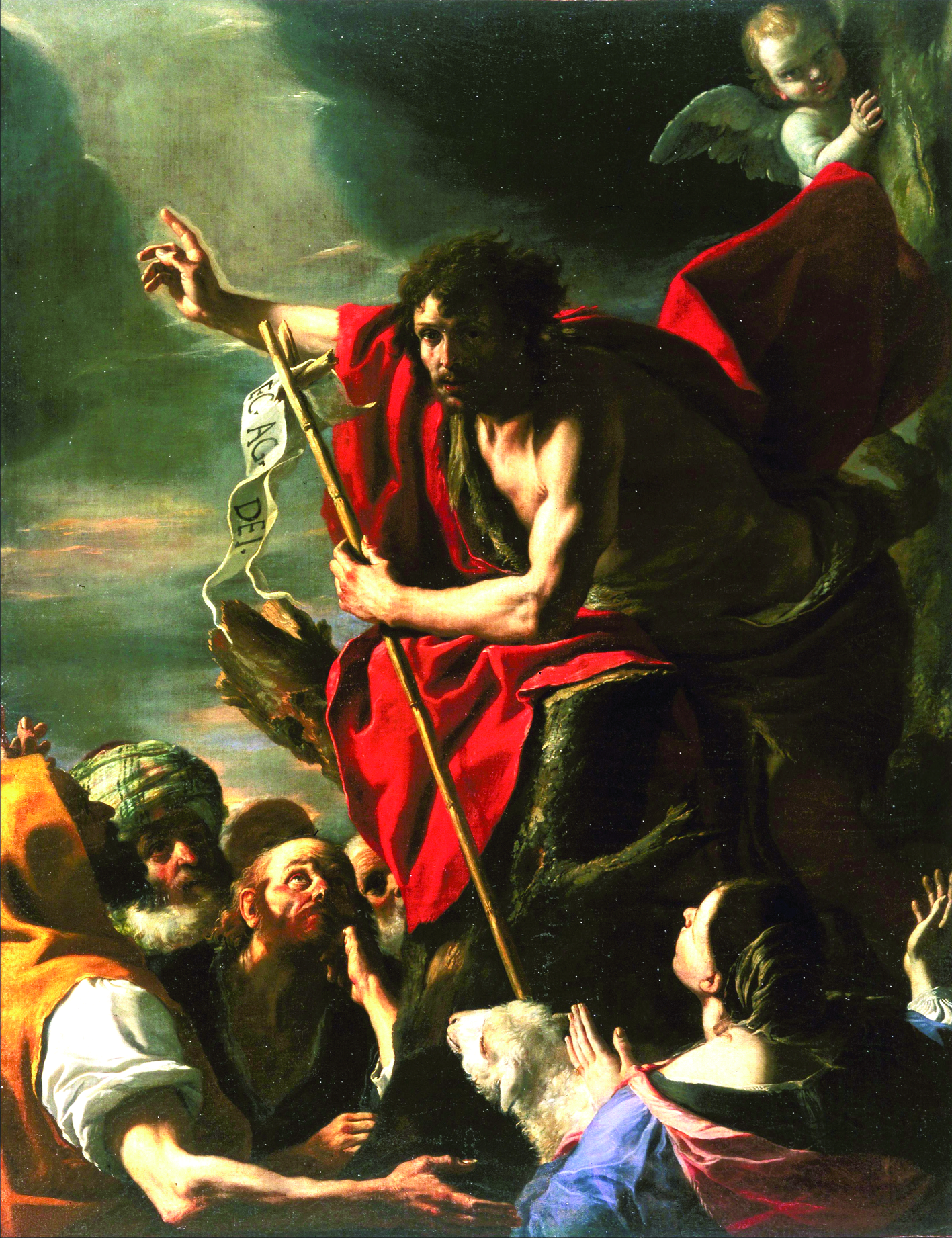
Facebook Comments